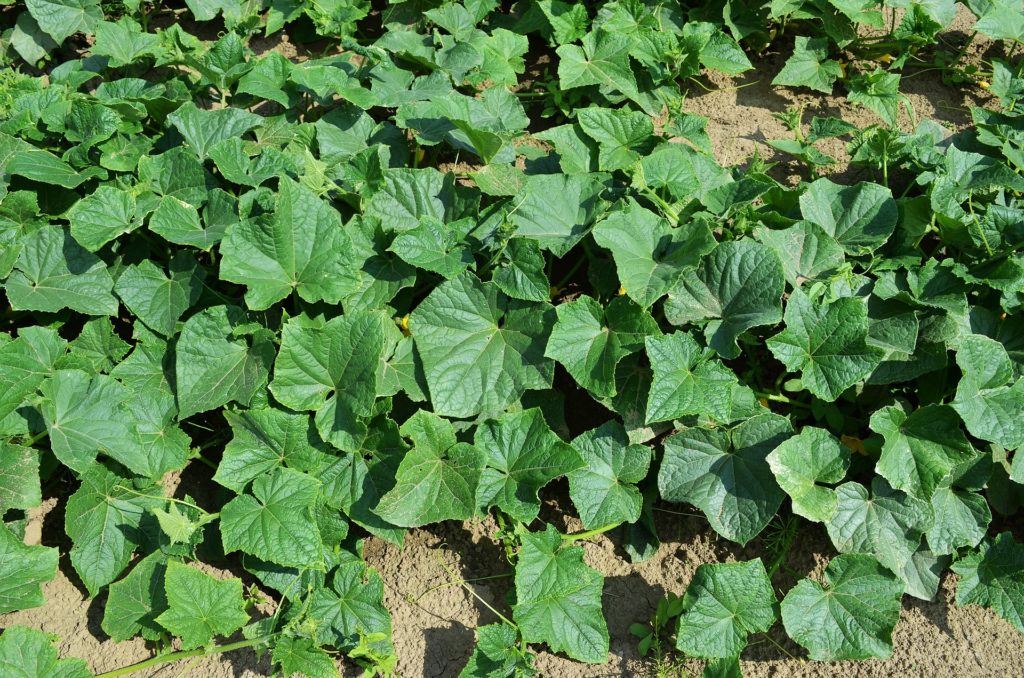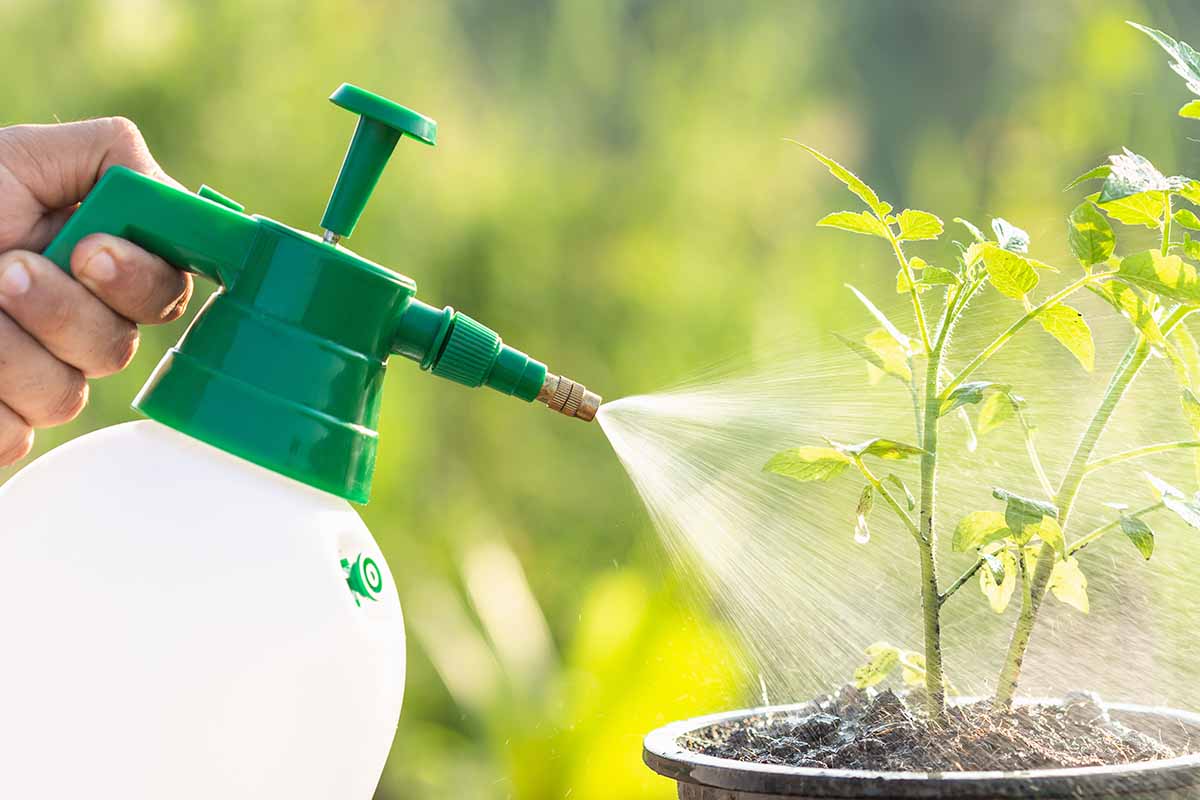Poor growth is one of the most common problems for plant crops. Because of this, the best and least expensive way to feed your garden plants is to give them rich, well-balanced soil that they can use to get the food they need.
The nutrients needed to promote growth are often not found in the soil in your garden. In this case, a liquid fertilizer is needed to give the plant the nutrients it needs. Plants will grow stronger and make better crops with this type of fertilizer because it gives them nutrients.
You should make sure that the fertilizer you use is right for the plants in your garden. You can use the right fertilizer for your plants if you know what they need and what the soil is like. What is the best liquid fertilizer for outdoor plants? Follow this guide to find out.
A vibrant, productive vegetable garden starts with healthy soil and plants. While compost and organic matter create a fertile base, liquid fertilizers can provide an instant nutrient boost when plants need it. With so many options on the market, how do you choose the ideal liquid plant food for your garden? We’ll compare different types of liquid fertilizers and offer tips for applying them effectively.
Why Use Liquid Fertilizer in Vegetable Gardens?
Liquid fertilizers offer benefits over traditional granular or powder foods:
- Faster absorption – Nutrients in liquid form are readily available for rapid plant uptake through roots and leaves This makes liquid fertilizers ideal for giving vegetables a growth spurt or correcting deficiencies mid-season.
- Even coverage – Liquids distribute nutrients evenly to the entire plant. There’s no risk of hot spots or burning.
- Flexible application – Liquid feeds can be applied to both soil and foliage. Foliar feeding is great for a quick boost.
- Concentrated dosage – Liquids provide a more concentrated dose of nutrients in a smaller volume, A little goes a long way
- Ideal for seedlings – Gentle liquid feeds are perfect for delicate transplants and seedlings
Liquid fertilizers work best as a supplemental feeding to complement the nutrients already in your soil. For best results, test your soil to identify any deficiencies and tailor your fertilizer regimen accordingly.
Types of Liquid Fertilizers for the Vegetable Garden
There are many options when it comes to liquid plant foods. Here are some of the most common:
Synthetic Liquid Fertilizers
- Balanced blends (ex: 10-10-10 or 5-5-5 NPK ratios) – These all-purpose mixes provide even doses of the macronutrients plants need most – nitrogen, phosphorus and potassium. Avoid high nitrogen fertilizers.
- Individual nutrients (ex: liquid nitrogen, phosphorus, potassium, calcium, magnesium) – Single nutrient solutions are available to correct specific deficiencies. Using too much of any one nutrient can damage plants, so test soil first.
- Micronutrients (ex: zinc, iron, manganese, boron) – Micronutrients are needed in small amounts but boost plant health.
- Chelated nutrients – Chelated micronutrients are bound to organic molecules for improved absorption. Helpful for fixing deficiencies.
Most synthetic liquid fertilizers are highly concentrated and need dilution before use. Follow label rates carefully to avoid fertilizer burn.
Organic Liquid Fertilizers
- Fish emulsion – Made from fish byproducts, it provides nitrogen and micronutrients. Has a strong odor but plants love it.
- Kelp extract – Seaweed fertilizers add over 70 trace minerals and growth promoters. Enhances plant immunity.
- Compost tea – Steep finished compost in water to extract a nutrient concentrate. Simple and inexpensive to make.
- Manure tea – Similar to compost tea but made by steeping aged manure. Provides an array of nutrients.
- Worm castings tea – Made by brewing worm compost, it contains many nutrients and beneficial microbes.
Organic liquids are gentle, so can be applied more frequently without risk of burn. Making your own liquid organic fertilizer can save money.
When and How to Apply Liquid Fertilizer
Follow these tips to use liquid fertilizers effectively in your vegetable garden:
- Test soil before applying to identify nutrient needs. Focus on correcting deficiencies.
- Read the label and dilute concentrated fertilizers per instructions. More is not better.
- Water plants thoroughly before fertilizing to prevent root damage.
- Apply early morning or late afternoon to avoid leaf burn.
- Side dress growing plants by pouring or injecting liquid fertilizer into soil. Use a watering can for seedlings.
- Mist leaves with dilute liquid feeds every 1-2 weeks for a growth boost. Avoid applying to stressed plants.
- Alternate between soil and foliar applications for best results.
- Limit high nitrogen fertilizers during fruiting and flowering stages to encourage production.
- Ease off fertilizing towards end of season to prep plants for dormancy.
- Rinse foliage after applying to prevent leaf burn or accumulation of salts.
By using organic and synthetic liquid fertilizers judiciously, your vegetable plants will be primed for an abundant harvest.
Making Your Own DIY Liquid Fertilizer
Concocting your own liquid plant food allows you to control the ingredients. It’s a frugal way to utilize free, organic materials. Here are two easy homemade recipes:
Manure Tea
- Place 1 cup aged manure in a 5-gallon bucket. Cow, horse, chicken, or rabbit manure all work well.
- Fill bucket with water and let steep for 3 days, stirring occasionally.
- Strain the mixture through cheesecloth or burlap into a watering can.
- Dilute manure tea with an equal amount of water before applying.
Compost Tea
- Fill a 5-gallon bucket half full with finished compost.
- Top off bucket with water and let sit for 3-5 days, stirring daily.
- Strain through a fine mesh to remove solids.
- Dilute the finished tea at a ratio of 2 parts water to 1 part tea before fertilizing plants.
These DIY options provide a free source of organic nutrients for your garden. Just be sure not to overdo it with homemade fertilizers – plants don’t need much.
Pros and Cons of Liquid Fertilizers
Liquid fertilizers offer benefits as well as some downsides compared to traditional granular foods:
Pros
- Rapid nutrient absorption through roots and leaves
- Even, consistent distribution of nutrients
- Flexible soil and foliar application
- Concentrated source of essential nutrients
- Ideal for seedlings and young plants
Cons
- Can be more expensive
- Require proper storage and handling
- Mixing and application takes more time
- Can burn plants if misapplied
- DIY options may have inconsistent results
Overall, liquid fertilizers are a handy supplemental feeding strategy when your vegetables need a growth boost. When used properly, they can take your garden’s productivity to the next level.
With so many liquid plant foods on the market, it can be tricky choosing the right fertilizer for your vegetable patch. Synthetic blends offer concentrated nutrition, while organic options like compost tea and fish emulsion provide gentle, safe results. Whichever you choose, adhere to label rates and fertilize judiciously based on each plant’s needs and your soil test results. Liquid fertilizers aren’t a cure-all, but rather a nutritional boost when needed to keep your vegetables thriving from seed to harvest.
What is the best organic liquid fertilizer option?
When there are less nutrients present, plants are less likely to grow properly. Liquid fertilizer is a powerful way of giving most plants a quick boost in the garden. This can also be helpful when flowering plants go into bloom.

Most gardeners will be able to use Sierra Natural Science liquid fertilizer to make sure that their plants get extra nutrients just when they need them. For instance, if a plant is given fertilizer that is high in nitrogen and phosphorus but low in vitamins like chlorophyll, this could possibly hamper its growth.
When you add any of the above to your soil, you help the plant get more nutrients and stay healthy, which lets it grow strong and healthy. This is why there is a need to supplement the nutrient levels in the soil. This is where plant liquid fertilizers come into the picture.
Foliar liquid fertilizers for your crops
Liquid fertilizers include garden foliar fertilizers. Heavily diluted, they are sprayed directly on the leaves for a “whiplash action. These are used when plants don’t have enough of a certain nutrient or have been through something stressful.
This Fertilizer Is My SECRET WEAPON For A Healthy Productive Garden!
FAQ
Is liquid fertilizer good for vegetable gardens?
What fertilizer is best for a vegetable garden?
What is the best homemade liquid fertilizer for vegetables?
What is the best liquid fertilizer for tomatoes?
What is the best fertilizer for a vegetable garden?
When it comes to the best liquid or water soluble fertilizers for your vegetable garden, the following choices will give you the highest yield, and are the easiest to use. 10. NEPTUNE’S HARVEST FISH & SEAWEED You will love the results when you use fish emulsion.
What is the best organic liquid fertilizer?
From container plants to raised beds to more extensive use, Dr. Earth is the liquid fertilizer to reach for when you need the overall best organic liquid fertilizer for vegetables. 2. Kellogg Organic Plus Fish & Kelp Fertilizer The best organic liquid fertilizer on a budget.
How much liquid fertilizer do I Need?
While the price point of this best organic liquid fertilizer might seem a little steep at first glance, it’s highly concentrated. In fact, the instructions state that all you need is about 2 teaspoons per gallon of water, every other time you water your garden. Why Choose a Liquid Organic Fertilizer for Vegetables and Gardens?
What is the best fertilizer for a flowering plant?
The best fertilizer depends on the plants. Lawn fertilizers, for example, differ from vegetable fertilizers. Many native plants need little to no fertilizer, assuming they are growing in decent soils. But flowering plants often need a boost so the plant can stay healthy plus send extra energy into producing lots of large, colorful flowers.
- The Ultimate Guide to Growing Strawberries in Raised Beds - August 8, 2025
- No-Dig Garden Beds: The Easiest Way to Grow a Beautiful Garden - August 6, 2025
- How to Protect and Preserve Wood for Raised Garden Beds - August 6, 2025

